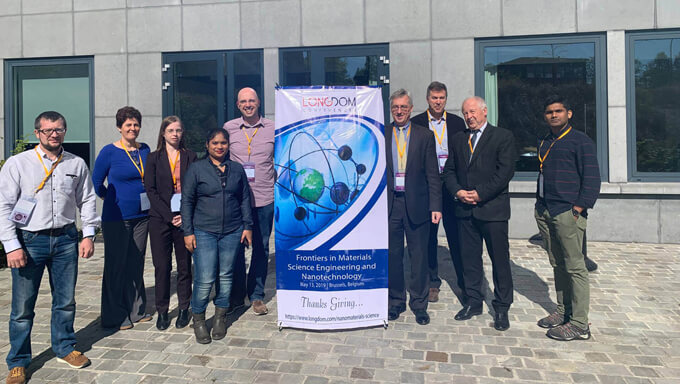







Tumors are treated as a single, universal disease because they are viewed as a whole cell population. In cancer treatment, surgery, radiation, drugs, and other therapies are used to treat, reduce, or stop the spread of cancer. There are numerous cancer treatments available. Depending on your specific situation, you may receive one treatment or a combination of treatments. As a result, in order to develop accurate and effective medicines, a thorough understanding of these complex events is required.
Nanotechnology has traditionally been used in cancer therapy to improve the pharmacokinetics and reduce the systemic toxicities of chemotherapies through the selective targeting and distribution of these anticancer medications to tumour tissues. Chemotherapeutics encapsulated or conjugated to the surfaces of nanoparticles have the advantage of increasing the total therapeutic index of the given drug. Their adjustable size and surface properties are critical to this capability. Size has a significant impact on the delivery of nanotechnology-based therapies to tumour tissues. The increased permeability and retention (EPR) effect is important in passive tumour targeting during the selective administration of Nano therapeutic platforms.
The use of monoclonal antibodies to find proteins encoded by oncogenes or other types of tumor-associated antigens is a common technique for cancer diagnosis (TAs). TAs such as -fetoprotein (AFP), prostate-specific antigen (PSA), and carcinoembryonic antigen (CEA) are found in both cancer and normal cells, but cancer cells have higher levels of these TAs. Radioisotope-labeled monoclonal antibodies to various TAs can be used to track the progression of cancer. Because TAs are found in normal tissues, measuring them may be more useful for monitoring disease progression rather than making a cancer diagnosis. Understanding the function of tumor-associated antigens in inducing an immune response is currently driving the development of cancer vaccines. Cancer vaccines are classified into two types: therapeutic and preventative. Cancer-preventive vaccines target infectious pathogens known to promote cancer growth.
A. Human papillomavirus (hpv) vaccination
B. Hepatitis B vaccination.
Finding out which parts of a person are affected can be done via an imaging exam. The energy sources employed in the test include magnetic fields, radioactive particles, sound waves, and X-rays. Health care professionals can identify changes brought on by diseases like cancer because the energy patterns are altered by the body's tissues in such a way that an image or picture of the inner location and functioning is formed.
Aiming to provide patients with individualised care, Precision Cancer Medicine is an open access, peer-reviewed online magazine that covers a variety of topics in oncology, pathology, imaging, radiotherapy, chemotherapy, surgery, anaesthesiology, nursing, and other related fields.
Oncology, as a scientific field, is defined as the study of tumours and cancers. Onco denotes bulk, mass, or tumour, and -logy implies study in the word.
We let our ground-breaking work and our amazing clients speak for us…… LONGDOM conferences